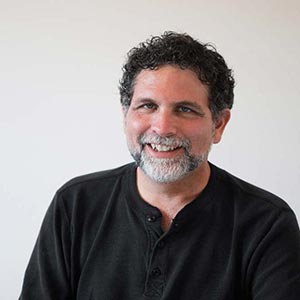 Thing (v). to thing, thinging. 1. To create an object by defining a boundary around some portion of reality separating it from everything else and then labeling that portion of reality with a name.
Thing (v). to thing, thinging. 1. To create an object by defining a boundary around some portion of reality separating it from everything else and then labeling that portion of reality with a name.
One of the greatest human skills is the ability to thing. We are thinging beings. We thing all the time. We started by thinging the natural world. We saw a tall plant and we defined that kind of a plant as a “tree.” We thinged it. Then we looked at some of the appendages sticking off the tree and we defined them as branches. And the flat green bits that sprout from them we called leaves. A tree is a thing that includes branches and leaves. Branches are things that often include leaves, but not always. Leaves are things that grow on branches and trees but are independent of them.
Yes, yes, you might think, but we are not really “thinging” after all trees, branches and leaves already existed before we named them. We are not creating things we are just labeling things that already exist. Ahhh…but that is the question. Did the things that we named exist before they were named? Or more precisely, in what sense did they exist before they were named, and how did their existence change after they were named?
These are important questions that I believe we should all spend time thinking about very, very deeply. Language is the medium of knowing. And if we are unclear about how language affects what we know, and therefore what we think and relate to as real, we are lost. This was the great insight of many of the analytic philosophers like Gottlob Frege, Ludwig Wittgenstein, and Bertrand Russell who realized that if you wanted to know what was real and true you had to look closely at the way language relates to knowing. The American pragmatist Charles Sanders Peirce was also an early pioneer in exploring the relationship between language and knowing.
If we think about trees it is easy to complain that our naming it a tree is only a label slapped on to something that already exited. It is not an act of creation. What if we consider something like a national border? Is the border between Canada and the United States a real thing? How about paper money? It is certainly real paper, but is it real money? These are the kinds of “social realities” that I started writing about some months ago and with those it is easy to see how naming things is an act of creating them.
But what about simple things like trees. We certainly have all learned by now that our naming different living species and then acting as if they are separate rather than part of a holistic ecological system has had devastating effects. Although there was something there in the first place that we slapped the label “tree” upon, it is still true that what the word “tree” implies in our minds – a thing that exists separate from other things – is not actually a part of the inherent reality of the original thing that we named.
The names that we give to things inevitably are not just labels – they are interpretations. And we act on the basis of those interpretations, and those interpretations become real. Our names become reality because we don’t relate to them as names of real things, we relate to them as the real thing itself. Our idea of a tree is contained in the word ‘tree’. When we see a tree it conjures up the word tree in our mind and that stimulates our ideas of what a tree is. This all happens so fast that we don’t realize it and so the physical tree, the word ‘tree’ and our ideas about the tree all merge and become one thing.
This is one of the ways that language creates reality and it is part of what the American philosopher Wilfred Sellers was describing when he spoke about “the myth of the given.” The painter Magritte was ironically pointing in the same direction in his painting of a pipe that had printed under it in French, “This is not a pipe.”
